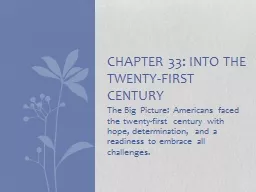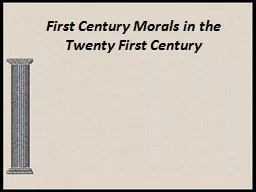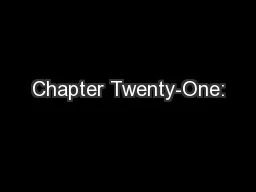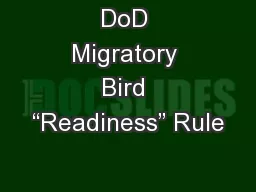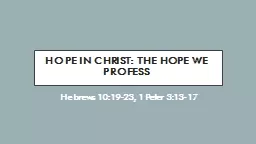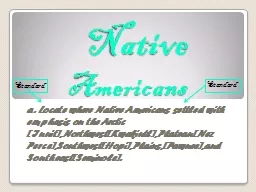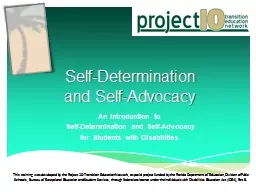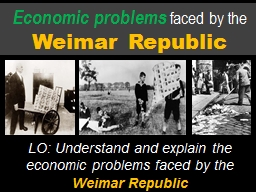PPT-The Big Picture: Americans faced the twenty-first century with hope, determination, and
Author : pamella-moone | Published Date : 2018-09-17
Chapter 33 into the twentyfirst century Main Idea Bill Clinton was a new type of Democrat and his administration faced challenges for a new millennium and scandals
Presentation Embed Code
Download Presentation
Download Presentation The PPT/PDF document "The Big Picture: Americans faced the twe..." is the property of its rightful owner. Permission is granted to download and print the materials on this website for personal, non-commercial use only, and to display it on your personal computer provided you do not modify the materials and that you retain all copyright notices contained in the materials. By downloading content from our website, you accept the terms of this agreement.
The Big Picture: Americans faced the twenty-first century with hope, determination, and: Transcript
Download Rules Of Document
"The Big Picture: Americans faced the twenty-first century with hope, determination, and"The content belongs to its owner. You may download and print it for personal use, without modification, and keep all copyright notices. By downloading, you agree to these terms.
Related Documents

